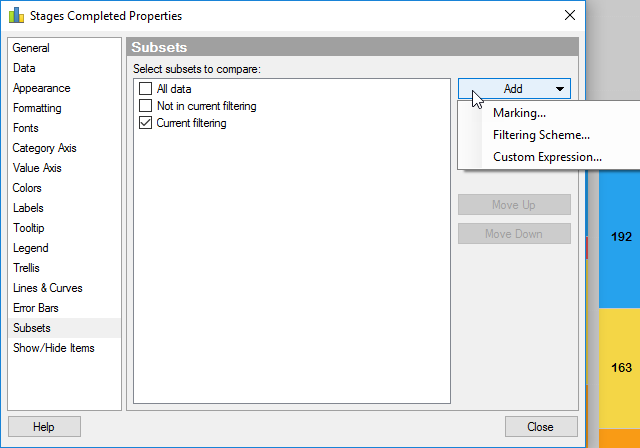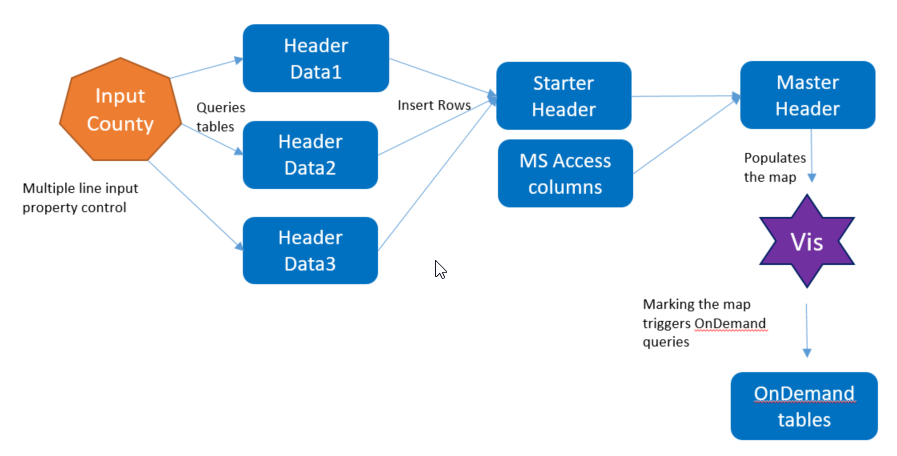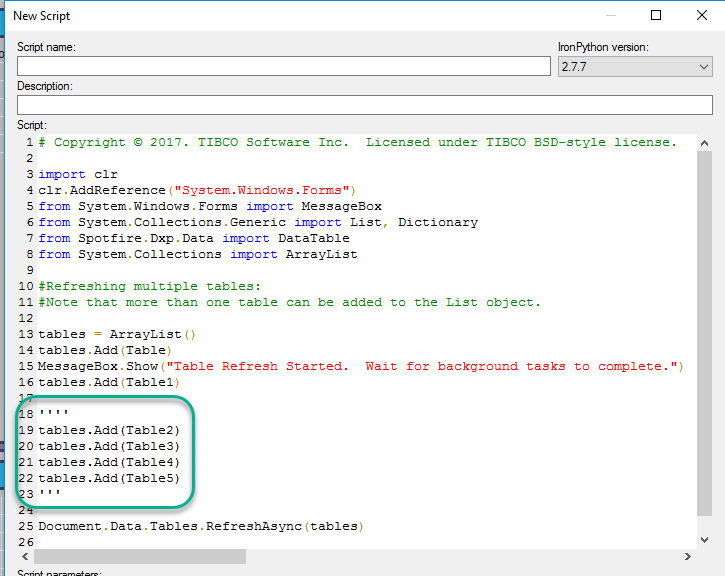5 Ways to Increase Speed of Delivery
One of the most common problems I run into in while building Spotfire projects is requests that are too large. They begin simply with a request for data or a modification to an existing project. However, it quickly balloons into more and more until we’ve created a monstrously huge project. One of these monsters jumped on my desk last August, and I’ve been working on it since then with a few stops and starts. Last night, I wrapped up a week of work in Midland. I was about to shut down my machine when I realized I wanted to write up what I’ve learned about how to increase the speed of delivery in these monster project situations.
Read More »5 Ways to Increase Speed of Delivery







